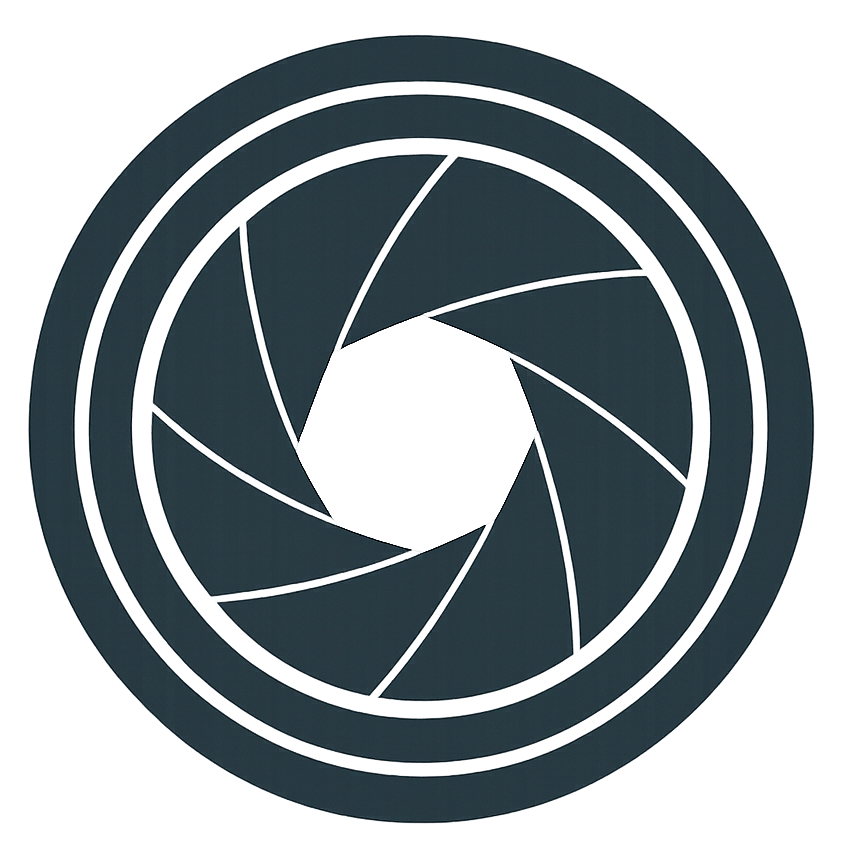Your cart is currently empty!
Night Vision monocular Zenit NV-400 instruction
Zenit NV-400 night viewer will give you a new possibility of the observation and orientation in the twilight and at night in the natural moon and stellar light; the built-in IR illuminator will allow you to conduct secret observation in total darkness.
The night viewer can be used by tourists, hunters, guard services, for various tasks at night time.


General instructions
When purchasing check its functioning. The checking should be done in darkness in order to get the exact understanding of its capabilities. If the conditions don’t allow you to do it you can turn on the viewer at the normal lighting with the lens cap on. The quality of the image being observed will differ from the real, but this will show whether if functions normally.
The operational conditions of the viewer:
-operating temperature range: -15˚C to +40˚C,
-relative humidity: up to 85% at +25˚C.
The viewer’s external design may differ from that on the figure due to its continuous development.
ATTENTION! Do not turn on the unit with the lens cap removed if the illumination of the observed objects exceeds the natural night light considerably (more than 1-2 lux): this can worsen the unit performance.
Due to design peculiarities of the electrooptical transducer dark spots can be observed in the viewer’s field of view. They neither influence the image quality nor interfere with night observation.
Technical data
- Eyepiece diopter correction……±4 diopters
- Supply voltage……………….….3.0-0.5V*
- Current consumption,
Viewer, no more than………………15 mA
Illuminator, no more than…………110 mA
* Power supply from two AA alkaline batteries (size 15x50mm)
The design and principle of operation
The design of the viewer consists of an objective lens, an eyepiece, a housing with built-in illuminator and a brightness amplifier, which includes an electro-optical transducer, a converter and a voltage multiplier.
The eyepiece design provides the diopter setting according to the observer’s eye.
The viewer’s principle of operation is based on the thousands times intensification of the luminous radiation from the observed object with the use of the electro-optical transducer.
The objective lens forms the optical image on the electro-optical transducer cathode. Due to the radiation the photoelectron emission occurs; the number of photoelectrons in each point of the cathode is proportional to its illumination.
The electro-optical transducer focusing system directs and accelerates the photoelectronic flux for account of the potential difference between the photocathode and the screen, and forms an electronic image.
On the luminescent screen the electronic image is converted into the visual image of the observed terrain, which is viewed through the eyepiece.
For the additional illumination of the observed object when the natural light is insufficient and when viewing in the total darkness the IR illuminator built in the finder is used.
Operation instructions
Handle the viewer with care, keep it clean, avoid shocks and do not expose it to dust, dampness and wide fluctuations of temperature.
Do not touch optical parts with fingers as grease stains may result in optical surface damage.
Keep the viewer in its case with the lens cap on. When the viewer is not used for a long time (more than a month), remove the battery from the device and keep it separately.
When the viewer is brought from the cold environment into a warm room do not take it out of its case at once, keep it in its case for several hours before turning on.
As the viewer is a complex device it should be repaired only by skilled specialists or at the manufacturing plant.
Clean the lens and eyepiece optical surfaces only with soft cloth or cotton wetted rectified spirit or ether.
To check the viewer functioning do the following:
-remove the viewer from the case,
-open the cover disposed on opposite side from the buttons1 and 2; the cover is hinged;
-set the batteries according to marking on the viewer housing;
-set the cover on its place;
-make sure that the objective lens is covered with a cap, turn the viewer from bright light and press button1, you will see greenish glow in eyepiece.
Check the illuminator functions by visual observation; a red spot should appear on the illuminator’s objective when pressing the button2;
-check the viewer and place it in its case.
ATTENTION! Do not turn on the viewer when the housing is open as it has elements with high voltage.
Operation procedure
To prepare the viewer for operation it is necessary to do the following:
-remove the viewer from the case;
-insert the batteries into the viewer as was said before;
-remove the cap from the objective lens;
-while viewing through eyepiece press button1; if the light is insufficient turn on the illuminator by pressing button2;
-focus the viewer to the observed object so that it is located in the center of the field of view;
-get the sharp image of the observed object in the field of view by turning the objective lens ring and the eyepiece.
To safe the power source the button1 on the viewer can be released from time to time.
NOTE. Remember that continuous work of the illuminator can unmask the observer as the illuminator window can be seen by the observed object just like a lighted cigarette. If it creates a dangerous situation to decrease the unmasking effect and to save the power source the illuminator can be turned off from time to time by releasing the button2, and the observation can be conducted without illumination.
The operation being finished put the cap on the objective lens and place the viewer into its case.
